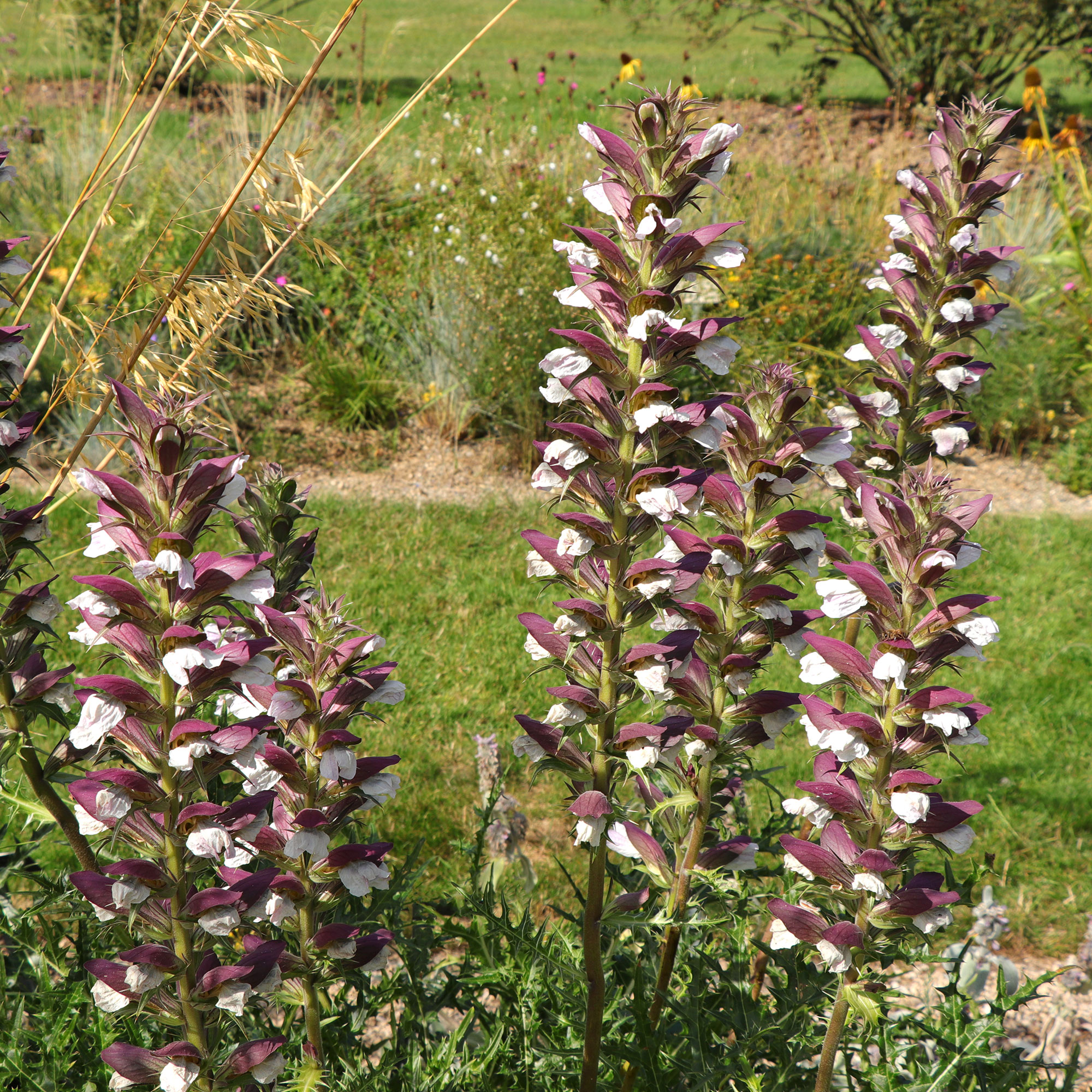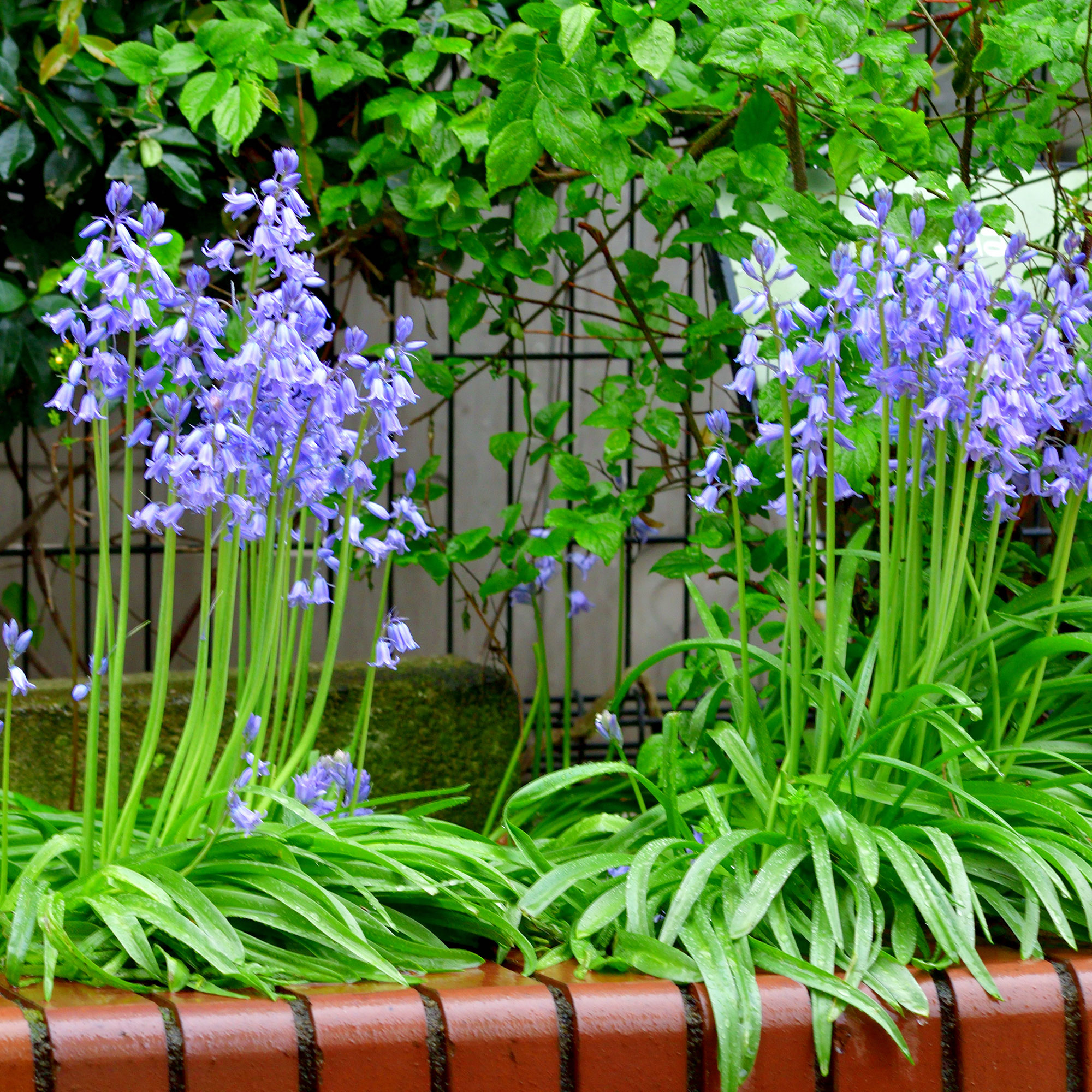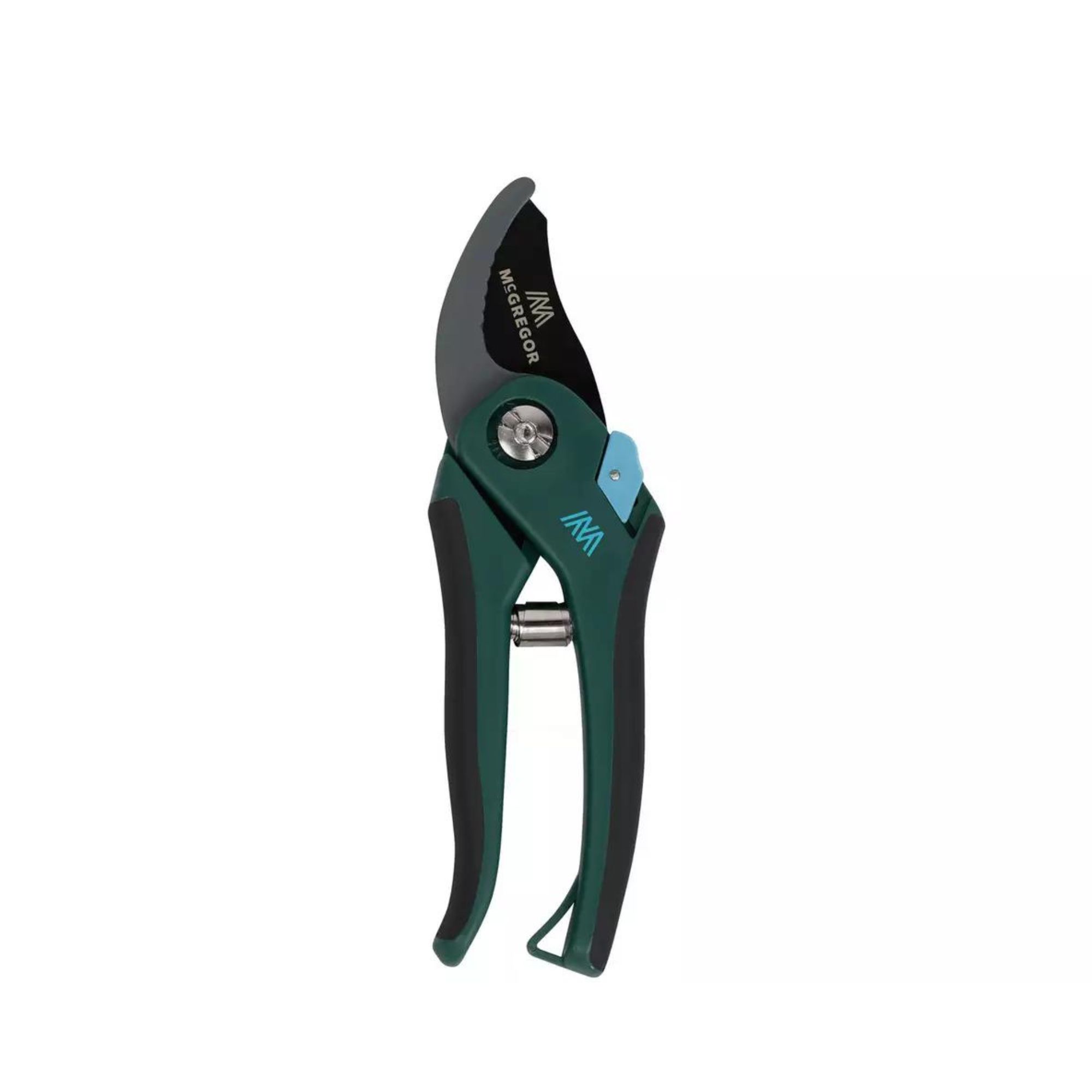5 invasive plants you should avoid planting in your garden, according to gardening experts
Steer clear of these fast-spreading creepers to avoid a botanical invasion

When you’re planning to fill new flowerbeds and planters with flowers and foliage, rapidly growing and quick-spreading plants may seem like a fast-track solution. But, that's a big mistake as there are some invasive plants you should avoid planting in your garden.
Invasive species can quickly take over a small garden (and larger gardens) leaving you with a tangled mess that's squeezed out other attractive flowers and shrubs you spent money and time planting perfectly. To help ensure you don't fall for any garden design mistakes, we've listed the plant culprits that can easily invade and conquer your backyard.
'There are several plants considered invasive in the UK that you should avoid planting in your garden, and some of these plants have laws against planting them,' says Graham Smith MClhort, a gardening expert from LBS Horticulture.
Before, you head to the nursery to fork out on a planting scheme take a look at these Invasive plants you should avoid planting in your garden.

Graham Smith MCIhort is the National Sales Manager at LBS Horticulture. He has extensive knowledge in the horticultural and gardening industries, and prides himself on using this to help gardeners of all skills create their perfect outdoor space.
1. Bear's Breeches

Bears Breeches (Acanthus mollis) is a bold architectural plant with prickly thistle-like leaves and tall spiky flowers that bloom in the summer.
'Bear's breeches are ideal for including in herbaceous borders, and the flowers it produces look great in cut flower arrangements. However, even though it doesn't spread, the roots grow in a large clump, which makes it difficult to move or remove," says Graham Smith MClhort
'The roots are often so deep into the ground that it is difficult to eradicate them from the original location, and these can grow into new plants equally as hard to get rid of.'
Sign up to our newsletter for style inspiration, real homes, project and garden advice and shopping know-how
2. Japanese Knotweed

Japanese knotweed is so invasive and a cause for concern that it is thankfully illegal to sell in the UK under the Wildlife & Countryside Act 1981.
Yet somehow the dangerous pest plant is in many gardens around the UK. If you are considering selling your home, it's wise to inspect your garden. If identified, knowing how to get rid of Japanese Knotweed correctly is vital.
'If you are investing in the design of a new garden to sell your home, my advice would be to check the garden areas to ascertain if there is any evidence of Japanese knotweed already present and certainly do not bring this plant in as a new addition,' explains Zara Banday, Partner and Head of Residential at Slater Heelis
'If Japanese Knotweed is present either have them professionally removed or ensure you declare this to the purchaser’s surveyor and include details in the Property Information Form (TA6) that you will be required to complete.'
3. Bamboo

Like Japanese knotweed, bamboo is another invasive plant experts are warning homeowners of the risks associated with this popular structural species.
'Although not a legal requirement just yet, the same applies to certain types of bamboo as they are now being highlighted as a concern by surveyors. This could affect your purchaser’s mortgage offer so don’t include these in your garden scheme either, no matter how attractive you think they would look,' continues Zara Banday.
'Bamboo, is very hard to control, especially when it’s planted directly in the ground instead of in containers. This plant spreads rapidly and can affect other plants in your yard, competing for resources,' explains Fantastic Gardeners lawn care and landscaping expert, Ionel Giuran.
That being said, bamboo can make a striking statement as well as an attractive garden or patio privacy idea. To stop bamboo spreading plant it in containers to control how fast and far it grows.
'Bamboo is ideal for garden designs that call for dramatic backdrops, privacy screens, or stand-alone features. You can get black and green varieties and they’re very hardy and low maintenance, which is perfect for Brits that aren’t that green-fingered,' explains Chris Bonnett from GardeningExpress.co.uk
'However, if you’re growing running varieties it’s a good idea to keep them in pots and planters in order to control the growth and spread. It’s as simple as that!'
4. Wisteria

Thanks to the popular Netflix saga Bridgerton, wisteria has seen a romantic revival.
Although we can see why as wisteria is one of the most beautiful climbing plants in the garden-sphere, it’s also extremely fast-growing and the strength of the plant can be problematic if you don’t know how to prune wisteria.
If you simply can't live without the vigorous and cascading purple plumes, learn how to train wisteria. If you are a beginner, choose one of the best wisteria for small gardens as a starting point.
5. Spanish bluebell

Knowing how to plant bluebell bulbs in your garden will ensure your outdoor space blooms pretty pockets of purple and blue each spring. However, when planting the woodland garden favourite be sure to steer clear of a certain bluebell variety.
'Spanish bluebell is a variety of bluebell that is stronger than the variety native to the UK, and it can quickly spread as it seeds more freely,' explains Graham Smith MClhort.
'It can also hybridise with native bluebells, and this can escape your garden where it will out-compete or even eradicate native bluebells. It is possible to dig out Spanish bluebell bulbs from the soil, but it will take a few years to completely remove them as they can spread.'
Invasive plant removal kit
FAQs
What is the most invasive plant in the UK?
Japanese Knotweed is a widespread invasive species and is extremely difficult to remove. If you are selling your property, you are legally required to declare if Japanese knotweed is present in your garden.
How can I get rid of invasive plants from my garden?
First, consider non-chemical solutions such as separating, dividing or digging out. When disposing of invasive plants, ensure you abide by government environmental guidelines.
Selective herbicides can target invasive species without damaging non-invasive plants.
If all else fails, hire a specialist to do it for you..
Rachel Homer has been in the interiors publishing industry for over 15 years. Starting as a Style Assistant on Inspirations Magazine, she has since worked for some of the UK’s leading interiors magazines and websites. After starting a family, she moved from being a content editor at Idealhome.co.uk to be a digital freelancer and hasn’t looked back.


